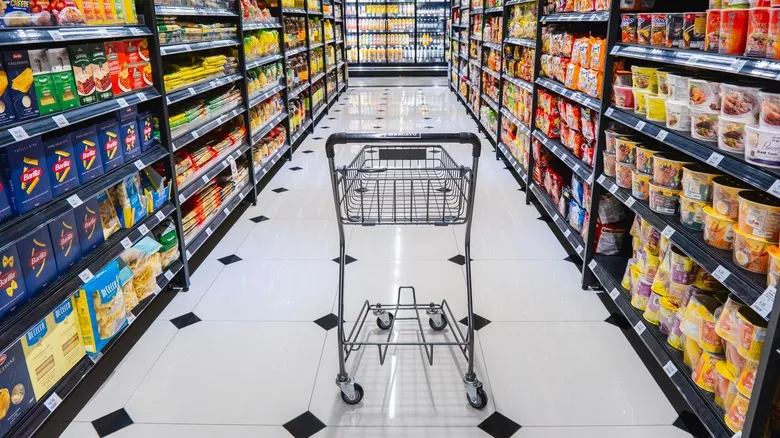Watch out for end caps
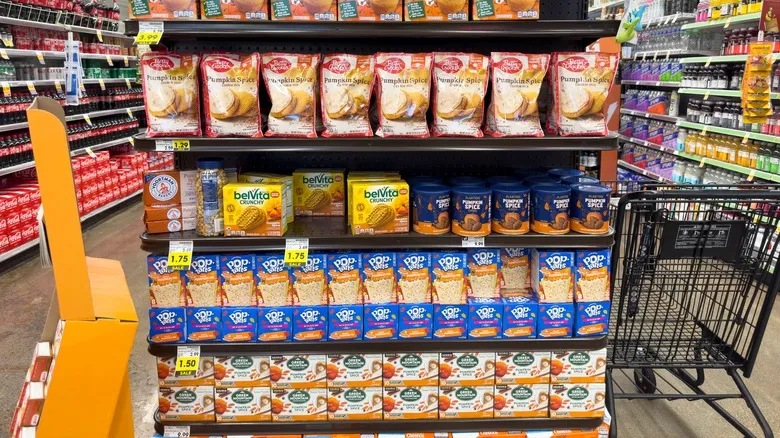
Regardless of which aisle you choose, you'll inevitably encounter end caps—those prominent displays at the end of each section. They showcase eye-catching new products and seasonal treats, such as peppermint mocha creamer for the holidays, candy canes, and gingerbread cookies. This prime location is perfect for highlighting the latest arrivals and, naturally, it encourages you, the shopper, to give them a try.
Another tactic with end caps is to feature items that complement each other. For instance, you might find local coffee beans paired with a box of Italian biscotti, or a selection of crunchy snacks alongside a six-pack for an upcoming game. The underlying message is clear: "If you're purchasing one, don't forget the other."
You may have passed these items in the aisle without noticing, but when arranged in this intentional way, they become hard to overlook. These displays effectively convey the reasons to make a purchase in a simple manner. Even if these products aren't on your shopping list, they serve as a persuasive reminder not to overlook the perfect pairing, a limited-time holiday item, a last-minute garnish, an enticing new product, or a discounted item.
Promotions and psuedo-sales

Grocery stores strategically position sale items at the front to ensure they catch your attention. These products are often accompanied by large, eye-catching signs or arranged in attractive displays. While it’s beneficial to purchase frequently used items when they’re discounted, some deals may not be worth it. Just because an item is cheaper doesn’t mean you need it. Saving a few cents is only worthwhile if you actually consume the product—avoid buying anything on sale unless you’re confident you’ll enjoy or use it.
One of the most deceptive strategies used by grocery stores is the misleading sale sign. While it may not be entirely false, it often gives the impression of a sale, typically using bright colors like red or yellow. In reality, it may just be showcasing the regular price of the item. A common sign of this tactic is the absence of a percentage or dollar amount off; instead, it might say "low, everyday price" or "unbeatable prices." Although the price may indeed be low, the design of the sign is meant to trick your mind into believing it’s a sale, subtly encouraging you to buy more.
Additionally, keep an eye on the end caps. These displays not only feature select products but may also include discounted items. These could be seasonal goods that need to be cleared out or products that haven’t sold well.
Ambiance, aroma, and visuals

Does the air carry the scent of toasted bagels or warm, freshly baked cookies? Are you catching a hint of roasted meat? It’s likely that there’s a display of baked goods or rotisserie chickens nearby, strategically positioned to maximize the impact of those enticing aromas and encourage purchases. You might even find a complimentary sample available — similar to what Trader Joe's and Costco provide — to help seal the deal. The creative arrangement of food, beverages, flowers, and other items is also designed to boost customer spending. For instance, gourmet cheeses might be showcased by their country of origin, while fresh fruits and vegetables could be presented in wooden baskets to enhance their visual appeal.
While grocery stores are often associated with harsh fluorescent lighting, advancements in LED technology have allowed for more innovative approaches to enhance the shopping experience and influence consumer behavior. Sometimes, more expensive items are spotlighted with brighter lighting in central displays. Warmer, inviting tones can encourage customers to linger longer — and the longer they stay, the more likely they are to spend.
Grocery displays and marketing strategies can even sway the most budget-conscious shoppers. It may seem mundane and repetitive, but entering the store with a prepared list is the best way to resist these retail tactics. However, don’t strip all the enjoyment from the experience — if your budget allows, treat yourself to an extra five minutes and one or two impulse buys each week.
Recommended
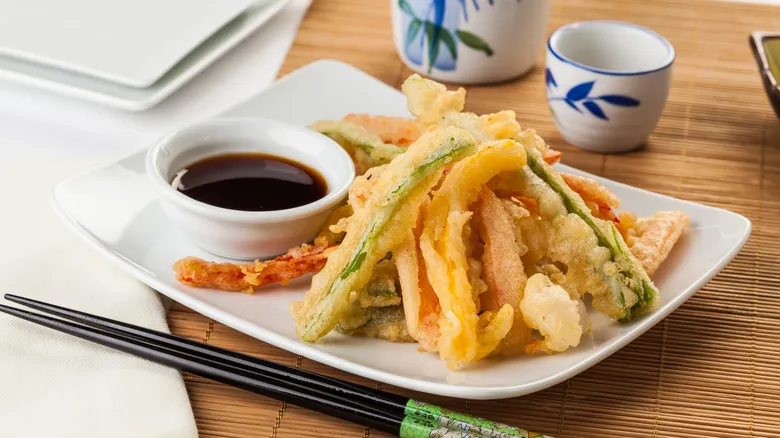
What Are The Best Vegetables For Making Tempura?
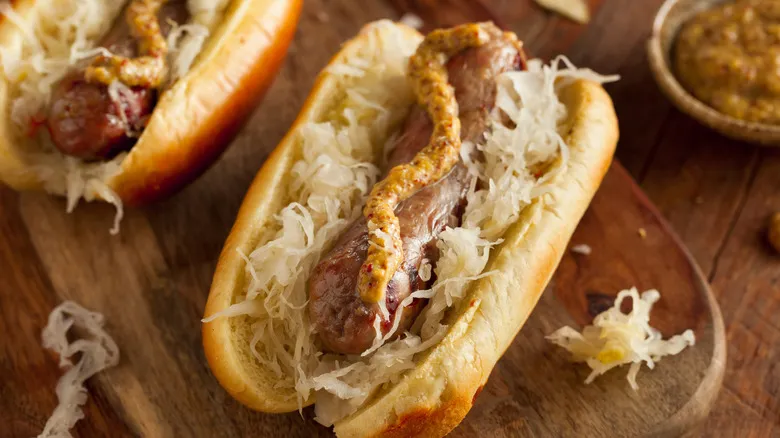
The Long And Winding History Of Sauerkraut
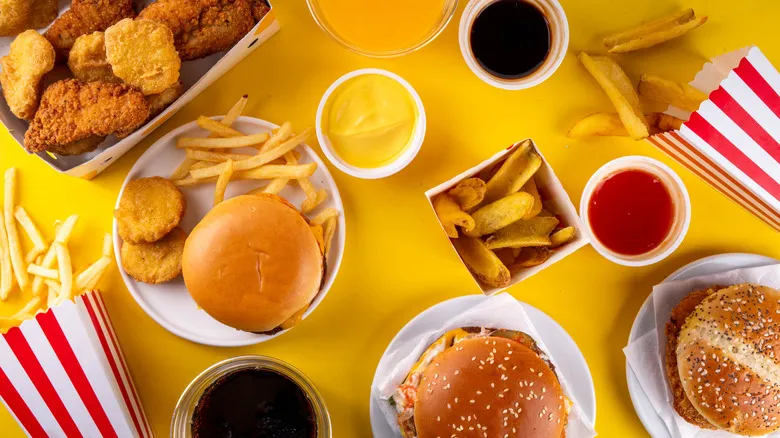
How Highways Fueled The Rise Of Fast Food Across America

What Separates Cal-Mex From Tex-Mex Cuisine?
Next up

